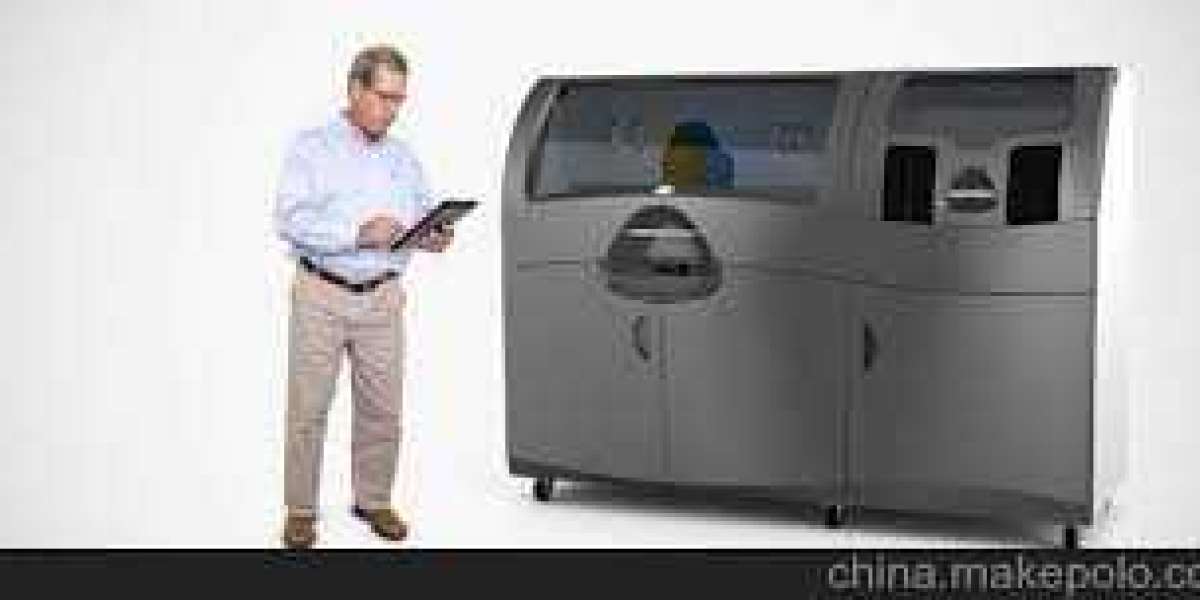With the rapid development of modern manufacturing and technology, humidity control has become a problem that cannot be ignored. Especially in the field of 3D printing, the degree of dryness of the filament directly affects the printing quality and the stability of the finished product. The 3D filament dryer came into being, which ensures that the filament can stay dry in a variety of environments through efficient dehumidification technology, thereby improving the quality and efficiency of 3D printing.
Home 3D printing: Create a personal manufacturing studio
For home users and 3D printing enthusiasts, having a 3D filament dryer means you can easily create a professional printing environment at home. This type of dryer is usually small in size, does not take up too much space, but can provide a stable drying effect. Whether it is a plastic filament or a special material, the dryer ensures that it is in the best condition before use, avoiding printing failure due to moisture. In addition, some intelligent 3D filament dryers also have remote control function, and users can monitor the drying state of the filament at any time through the mobile phone APP, which is extremely convenient.
Educational institutions: Nurturing the next generation of innovators
In the field of education, 3D printing technology has become an important tool to cultivate students' innovative thinking and practical ability. However, the humidity of the filament often affects the teaching effect. 3D filament dryers can provide a stable and reliable storage solution for printed materials for schools and workshops, ensuring that every class runs smoothly. Teachers and students do not need to worry about materials getting damp, and can focus on design and creation, further stimulating students' creativity and learning interest.
Professional manufacturing: Improve production quality and efficiency
For professional 3D printing studios and small manufacturing companies, 3D filament dryers are indispensable equipment. This type of dryer usually has a larger capacity and more efficient dehumidification capacity, which can meet the needs of continuous production. By keeping the filament dry, printing defects can be significantly reduced and the yield and production efficiency can be improved. In addition, some high-end dryers also have automatic feeding functions, further reducing manual intervention and improving the level of production automation.
Research laboratory: Precise control of the experimental environment
Scientific research laboratories have extremely strict environmental control requirements, and 3D filament dryers also play an important role in such scenarios. Researchers need to ensure the consistency and stability of the experimental materials, and the dryer can provide precise humidity control to ensure the repeatability of each experiment. Whether it is biological materials or special composite materials, the dryer can provide customized drying solutions to meet the needs of different experiments.
Mobile work: Flexible response to changing environments
In addition to the use of fixed sites, 3D filament dryers are also suitable for mobile work scenarios. For example, in the case of on-site restoration, outdoor creation, etc., carrying a portable dryer can ensure that the dry filament can be used at any time for printing work, even in wet or variable environments. This type of dryer is usually lightweight in design and has strong power adaptibility, which can meet the temporary needs of different occasions.
With the continuous popularization of 3D printing technology and the expansion of application fields, the importance of 3D filament dryers has become increasingly prominent. It can not only improve the quality and efficiency of printing, but also bring more flexible and convenient user experience. Whether in the home, educational institutions, professional studios or research laboratories, 3D filament dryers have become indispensable auxiliary equipment. In the future, with the continuous progress of technology, dryers will be more intelligent and efficient, injecting new vitality into the development of 3D printing technology.







